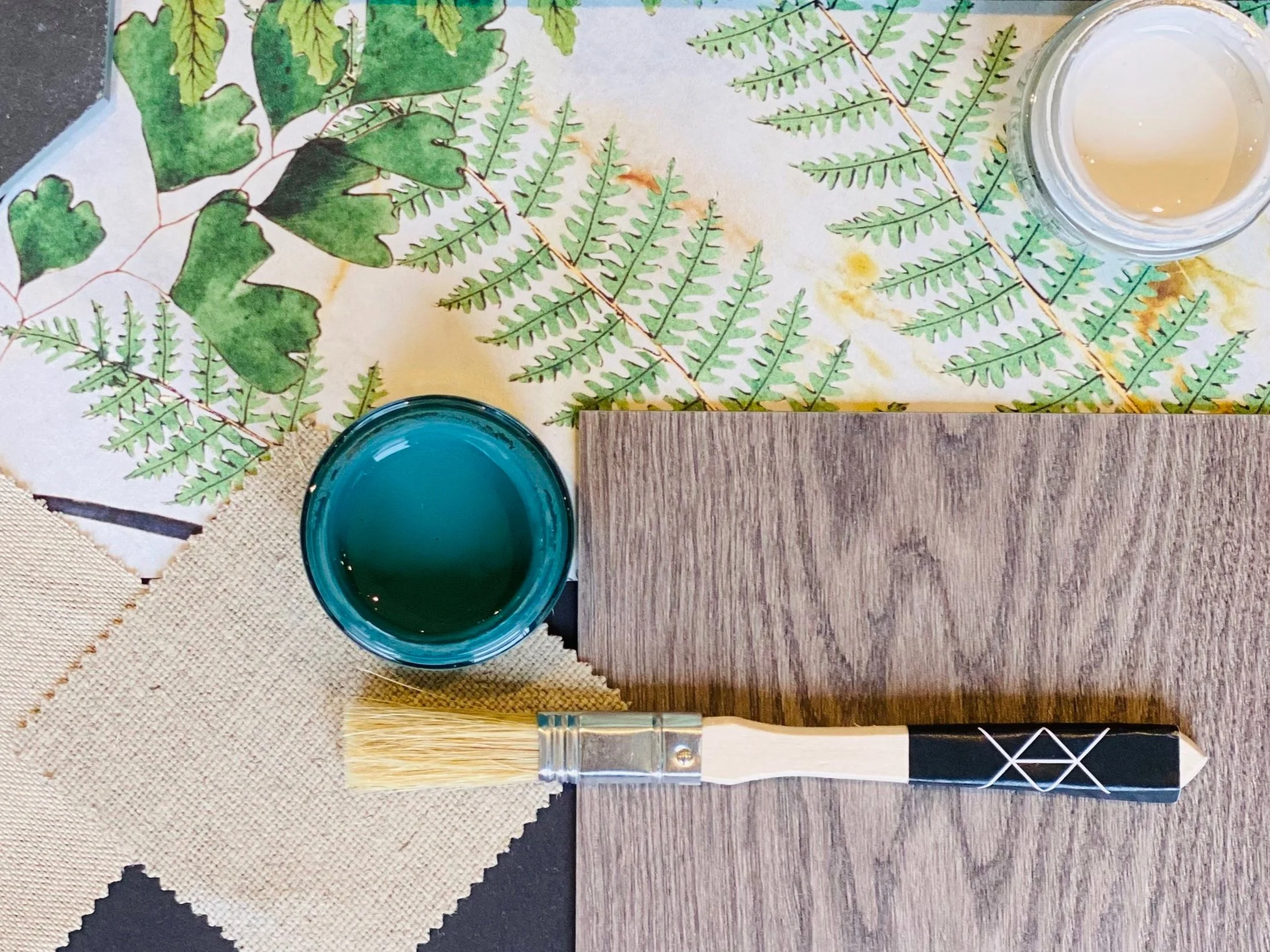Bring the outdoors in - Biophilic Design - A practice for wellbeing
Biophilic design, the practice of incorporating elements of nature into the built environment, has gained significant popularity in recent years. This innovative approach harmoniously blends the world of architecture and interior design with the power of nature, resulting in spaces that promote physical well-being, enhance productivity, and create a sense of tranquility.
Central to biophilic design is the understanding that humans have an innate connection to nature. As urbanization continues to rise and people spend more time indoors, this connection becomes increasingly crucial. By integrating elements like natural light, greenery, water features, and natural materials, designers can create spaces that not only look beautiful but also serve as sanctuaries for the human psyche.
One fundamental aspect of biophilic design is the utilization of natural light. Maximizing the use of daylight not only reduces energy consumption but also provides occupants with the ever-changing, dynamic qualities of natural lighting. Large, strategically placed windows, skylights, and lightwells allow for the penetration of sunlight deep into the interior, creating vibrant and uplifting spaces. This connection to the outdoors through light fosters a greater sense of connectedness to the surrounding environment.
Greenery plays a vital role in biophilic design, as it connects us with nature through the inclusion of plants, living walls, and even indoor gardens. Not only do plants purify the air, but they also provide visual stimulation and a calming effect. The presence of greenery has been proven to reduce stress levels, boost creativity, and enhance overall cognitive function. Incorporating plant life into interior spaces ensures a sense of freshness and vitality, bringing a touch of nature's serenity indoors.
Water features are another key element of biophilic design. The soothing sound and visual presence of water create a calming atmosphere that helps to reduce anxiety and promote relaxation. The incorporation of elements such as indoor waterfalls, fountains, or ponds can transform any space into a peaceful retreat. Water acts as a natural separator, providing privacy while simultaneously connecting different areas, enhancing the overall flow and harmony of the space.
Using natural materials is essential in biophilic design as they evoke a connection to the earth. Wood, stone, clay, and other organic materials bring a sense of warmth and authenticity to interior spaces. Not only are they aesthetically pleasing, but they also contribute to the overall well-being of occupants by improving indoor air quality, sense of self and calm that only nature can instil.
Creating Dynamic Adaptable Living
Creating dynamic and adaptable living spaces to meet the diverse and complex needs of modern living, is becoming more and more important to consider when designing.
Creating dynamic and adaptable living spaces to meet the diverse and complex needs of modern living, is becoming more and more important to consider when designing.
There are many factors for this trend in multi-purpose spaces, one major one is the sheer fact that properties are getting smaller and particularly in urban settings space is at a premium resulting in more people living in tiny studio flats and the like.
I am fascinated by ways to adapt space and have always designed in a manner that puts spatial planning front and centre in ensuring space is used effectively to meet all the clients needs in the most effortless way.
This is why at LitterArty, we believe in creating interiors that not only exude character and style but also prioritise functionality and adaptability. Our mission is therefore to design living spaces that can effortlessly evolve with the changing needs of our clients. Welcome to a world where dynamic adaptability reigns supreme.
In the realm of dynamic adaptable living, every aspect of a space is carefully crafted to enhance its flexibility. Gone are the days of standardisation and rigid floor plans. Instead, we embrace the beauty of versatility, enabling homeowners to effortlessly transform their living areas to suit different occasions, moods, and lifestyles.
One of the key elements we consider when designing a dynamic adaptable living space is the layout. By utilizing open floor plans and multipurpose rooms, we create an environment where the boundaries between living, dining, and entertainment spaces become fluid. This allows for seamless transitions and encourages creativity in how the space is utilized.
Furniture plays a vital role in creating a dynamic living environment. We prioritize pieces that are not only aesthetically pleasing but also versatile in their functionality. Modular furniture, for example, allows homeowners to rearrange and reconfigure their seating arrangements as needed, catering to both intimate gatherings and larger social events. Additionally, incorporating furniture with hidden storage compartments ensures that every square inch of a room can be utilized efficiently.
Lighting is another crucial element in creating adaptability. By using a combination of ambient, task, and accent lighting, we provide homeowners with the ability to create different moods and atmospheres at a moment's notice. With the rise of smart lighting systems further enhance this adaptability, allowing residents to control the intensity and colour of lights through their devices.
Technology also plays a significant role in dynamic adaptable living. Integrating home systems enables homeowners to control various aspects of their space, such as temperature, security, and entertainment, from a centralized hub or their smartphones. This seamless connectivity adds a layer of convenience and adaptability to everyday living.
Lastly, we understand that true adaptability extends beyond the physical aspects of a living space. It encompasses the ability to accommodate changing needs and lifestyles. Our design philosophy revolves around creating spaces that are not only beautiful but also functional for all life stages. From incorporating accessible features for individuals with disabilities to designing spaces that can be easily modified to accommodate growing families, we strive to future-proof our designs.
At LitterArty, we truly believe that dynamic adaptable living is the future. By combining thoughtful design, versatile furniture, smart technology, and a focus on evolving needs



